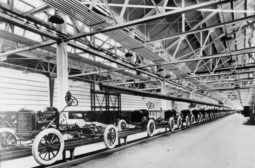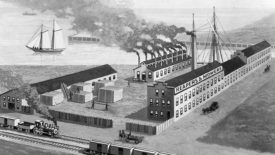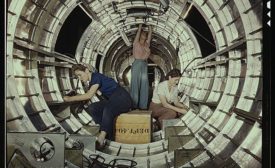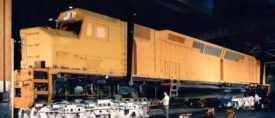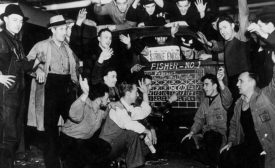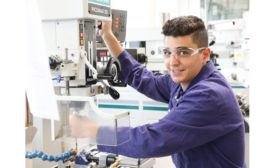Home » Keywords: » manufacturing history
Items Tagged with 'manufacturing history'
ARTICLES
EMD Turns 100
The diesel locomotive pioneer revolutionized the railroad industry.
November 30, 2022
Manufacturing History Comes Alive in Pullman
Pullman perfected rail car production processes and pioneered the use of new materials.
November 2, 2021
Get our new eMagazine delivered to your inbox every month.
Stay in the know on the latest assembly trends.
SUBSCRIBE TODAY!Copyright ©2024. All Rights Reserved BNP Media.
Design, CMS, Hosting & Web Development :: ePublishing
